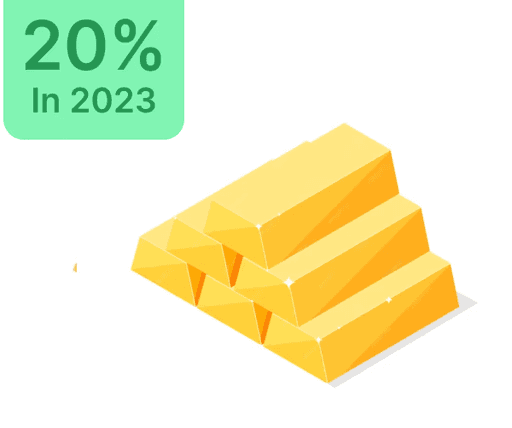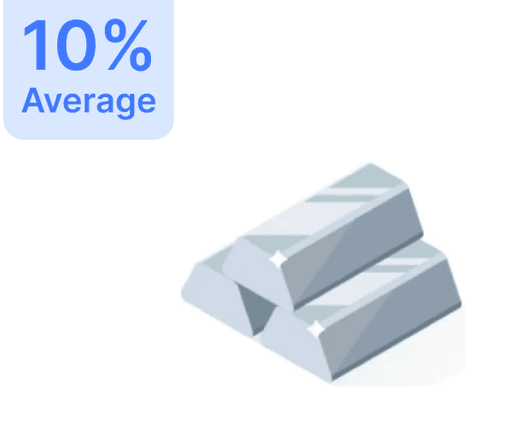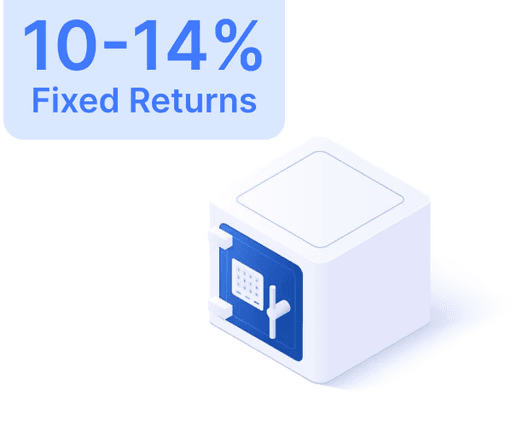How Does an Insurance Premium Impact Your Pocket?

 Jun 15, 2024
Jun 15, 2024 4 Minutes
4 MinutesWhat is an Insurance Premium?
An insurance premium is the sum paid by an individual or organization to an insurer for insurance coverage. This payment ensures the policyholder receives financial compensation for specified losses or damages. Insurers pool these premiums to cover claims and may also invest them to enhance financial stability.
Payment Methods for Insurance Premiums
Payment methods can differ based on the insurer and policy type. Common options include:
- Monthly: Regular payments that are budget-friendly.
- Semi-Annual: Payments twice per year.
- Annual: A yearly payment, often at a discount.
- Lump Sum: A one-time payment for the full term.
Types of Insurance Premiums
Premiums vary with policy type and associated risks, such as:
- Life Insurance: Factors like age, health, and lifestyle affect costs, with younger, healthier individuals paying less.
- Health Insurance: Costs depend on age, health, and if coverage is employer-provided, with private plans varying by coverage level.
- Auto Insurance: Influenced by driving history, vehicle type, and past incidents.
- Homeowners Insurance: Based on property age, value, and location, especially in disaster-prone areas.
- Renters Insurance: Coverage amount, location, credit score, and claims history affect premiums.
Factors Determining Insurance Premiums
Premium costs are influenced by factors such as:
- Type of Coverage: More extensive coverage leads to higher premiums.
- Coverage Amount: Higher limits increase costs.
- Insurance History: Past claims can raise rates.
- Personal Details: Age, location, lifestyle, driving record, and other personal info affect premiums.
Role of Actuaries in Determining Premiums
Actuaries use statistical methods to determine premium rates. They assess risk factors to predict claims' likelihood, compiling data into actuarial tables for underwriters to set rates, ensuring premium income exceeds claim expenses.
Impact of Deductibles on Premiums
The deductible is the amount paid out-of-pocket by the policyholder before insurance benefits kick in. Its relationship with premiums is inverse:
- Higher Deductibles: Lead to lower premiums, as policyholders assume more risk.
- Lower Deductibles: Result in higher premiums, with insurers taking more risk.
Examples of Insurance Premium Calculations
Consider these examples:
- Life Insurance: A healthy 30-year-old non-smoker pays less than a 50-year-old smoker due to lower mortality risk.
- Auto Insurance: A driver with a clean record in a sedan pays less than one with accidents in a sports car.
- Homeowners Insurance: New homes in low-risk areas cost less than older homes in high-risk zones.
Benefits of Understanding Insurance Premiums
Understanding premiums aids in:
- Financial Planning: Helps with budgeting for predictable expenses.
- Informed Decisions: Enables choosing optimal coverage and deductibles.
- Risk Management: Assists in balancing risk exposure with costs.
Conclusion
Insurance premiums are crucial for safeguarding against unexpected events. By grasping premium types, influencers, and the role of deductibles, policyholders can make balanced decisions that suit their financial strategies and risk preferences. Choosing appropriate coverage ensures peace of mind amid life's uncertainties.





